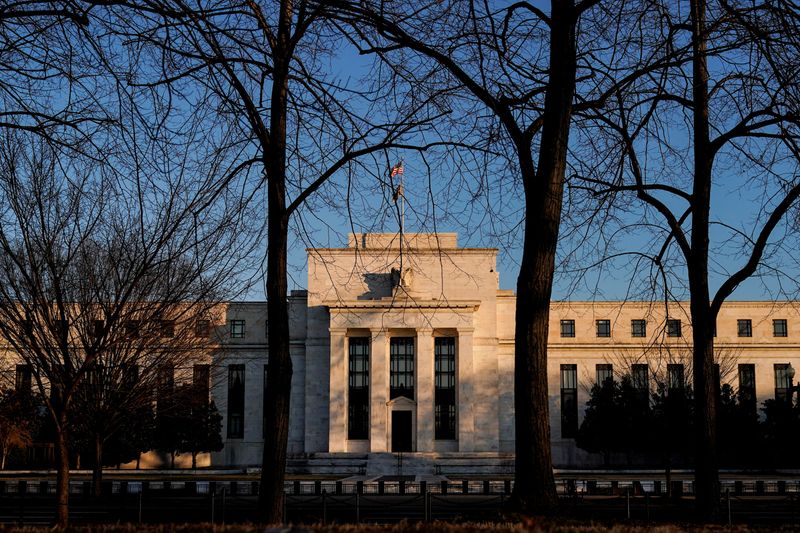In light of ongoing inflation challenges and uncertainty surrounding fiscal policies, the Federal Reserve has adopted a more cautious stance regarding interest rate cuts. Federal Reserve Chair Jerome Powell, during a recent speech in Dallas, emphasized that the economy remains robust and indicated that the central bank is still processing new data before making further policy adjustments. Powell underscored that there are no immediate signals necessitating a rush to lower rates, especially with his term ending in 18 months. His reluctance to engage on subjects like potential tariffs under the new administration, which may be influenced by the Republican Congressional win, reflects a desire to maintain Fed independence from political discourse. As the market re-evaluates the likelihood of cuts in rates, many are adjusting their forecasts, anticipating fewer reductions in the coming year.
Market reactions to economic indicators have shown a shift in expectations for further Fed easing. Data like the surprising rise in producer prices and consistent jobless claim decreases have led futures markets to consider only a 60% chance of a rate cut next month. This changing sentiment is evident in Treasury yields, which hover around 4.4%, with inflation expectations remaining above the Fed’s 2% target. Consequently, assets in money market funds have surged, reflecting investor caution amid elevated rates. Meanwhile, U.S. stock markets paused after the initial post-election rally, and the dollar saw declines as focus shifted to international economic conditions, particularly in China where trade tensions loom over tariff hikes under the new administration.
China’s economic landscape reveals a mix of performance indicators, with soft industrial results contrasted against steady retail growth. However, escalating concerns over U.S. tariffs, lackluster stimulus measures, and sustained worries in the property sector have adversely affected investor sentiment, pushing Chinese stocks lower, with the CSI300 index witnessing significant declines. The country faces deeper annual house price deflation and a drop in property investments, contributing to a challenging economic outlook. While the offshore yuan experienced some strength against a weak dollar, the overall tone in Chinese markets remains fragile, mirroring anxiety about the broader implications of U.S. fiscal policies.
Global economic health continues to show strains, particularly in Europe and the U.K., where unexpected contractions in growth have emerged. Britain’s economic activity shrank in September, raising alarms for its finance minister’s growth initiatives, while Germany’s economic forecast has also taken a downturn, reflecting broader vulnerabilities in the eurozone. The European Central Bank faces pressures as it reassesses its approach, balancing between interest rate strategies and extraordinary measures. Recently, ECB board member Isabel Schnabel emphasized continued reliance on traditional policy tools as economic conditions worsen.
In corporate news, several companies have reacted to current economic dynamics. Walt Disney experienced a rally following positive quarterly earnings, whereas electric vehicle manufacturers like Tesla and Rivian Automotive faced declines over proposed tax credit changes that may affect consumer purchases under Trump’s leadership transition. Broader sentiments in stock futures turned negative as investors digest mixed signals from various sectors. Furthermore, vaccine makers have witnessed pressure due to political shifts regarding public health leadership, illustrating the interconnectedness of economic trends and political changes.
Conclusively, as U.S. markets anticipate key developments such as retail sales and manufacturing surveys, the combined forces of domestic economic indicators and global factors will decide the path forward. Federal Reserve officials are set to address these concerns in upcoming speeches, with attention also on corporate earnings reports. The market remains alert to how future decisions regarding monetary policy and fiscal measures will unfold in this volatile environment, shaping investor strategies and expectations in the face of persistent inflation and trade tensions.

